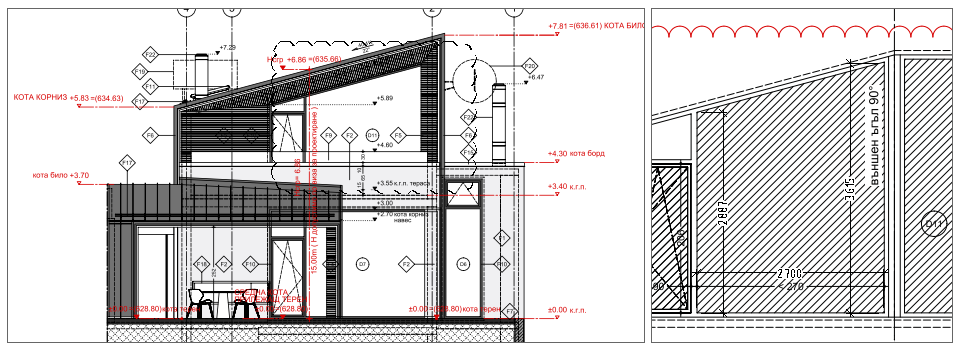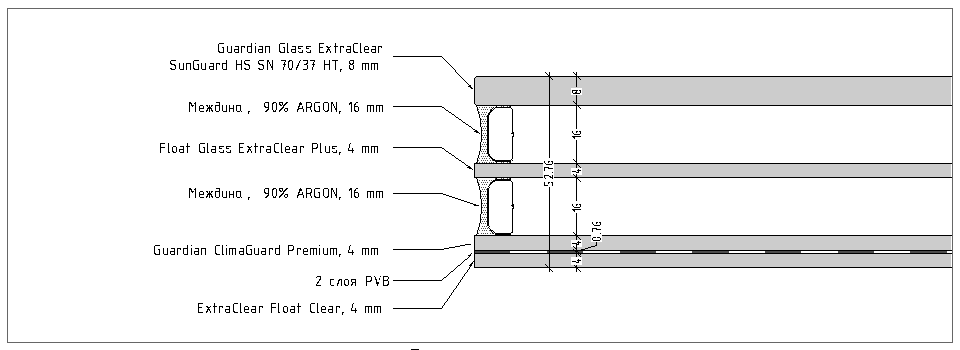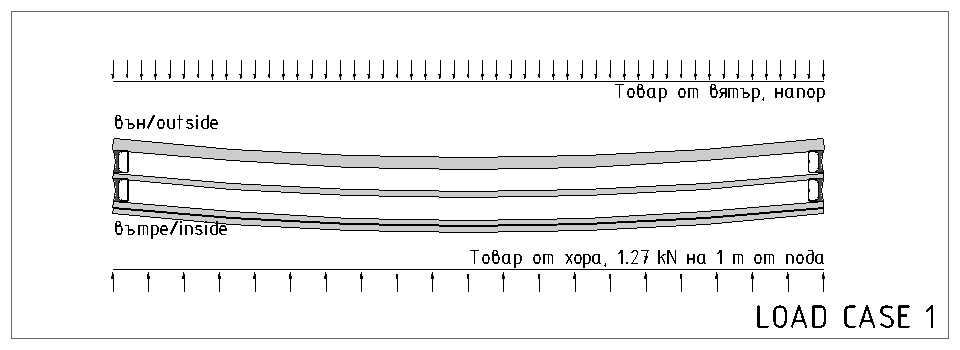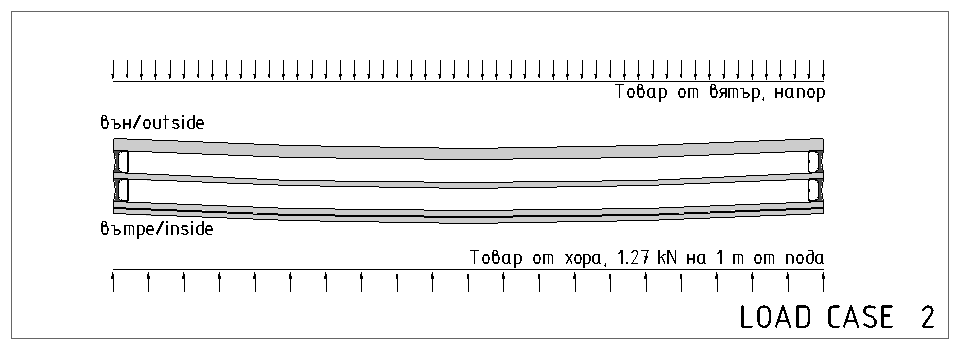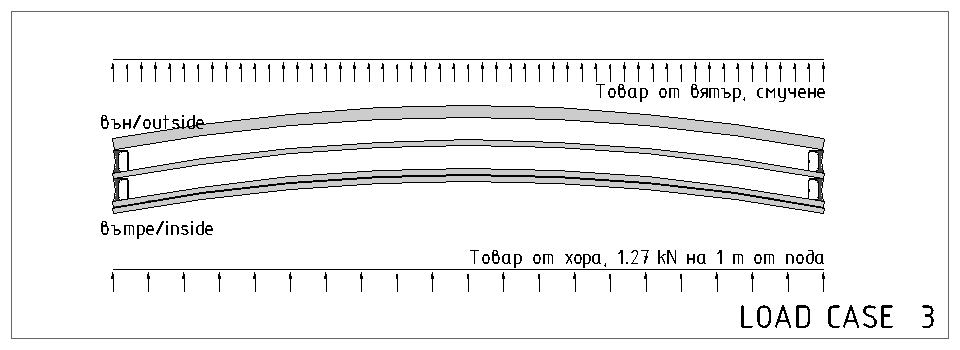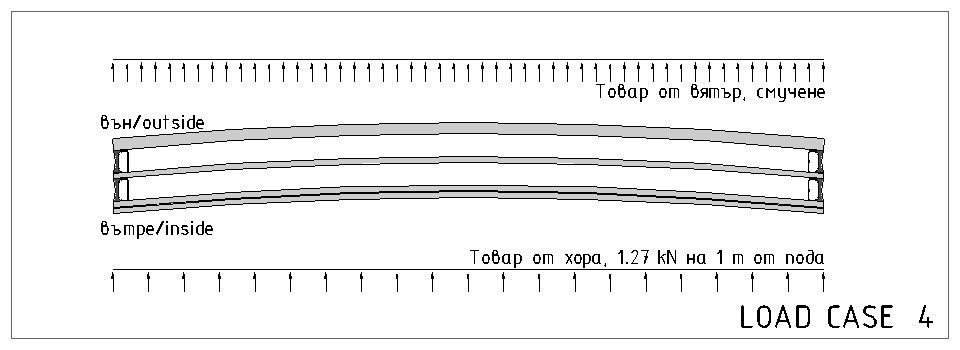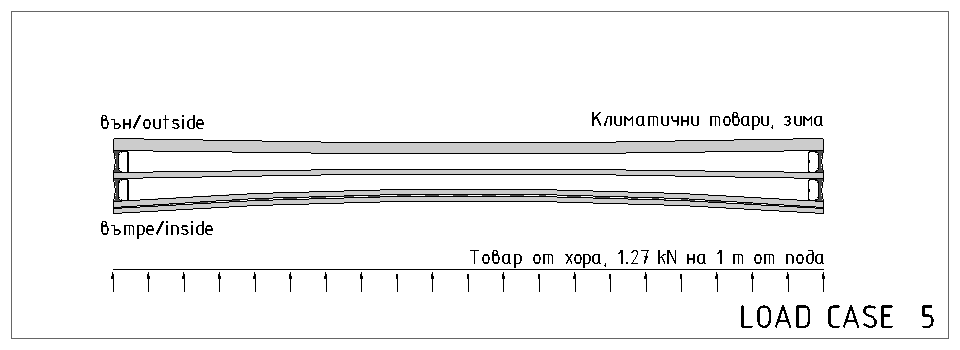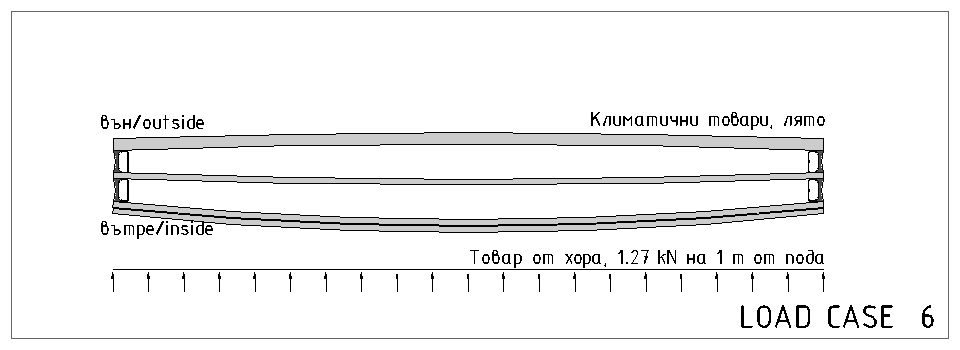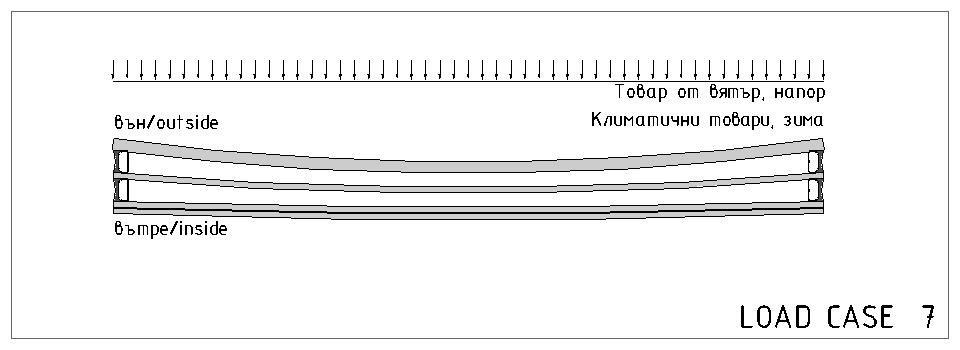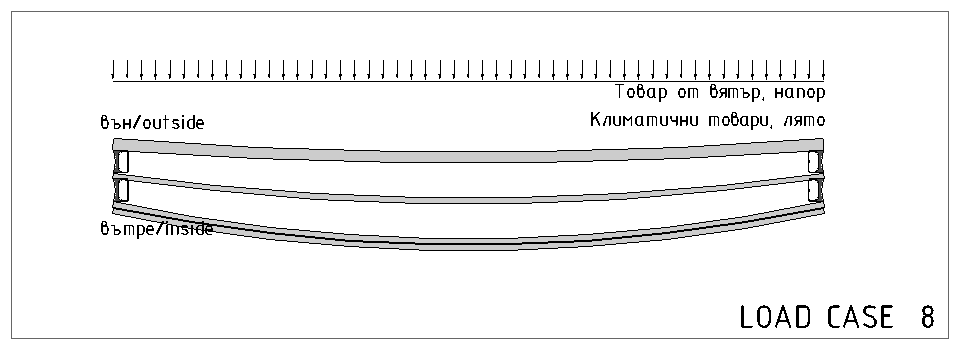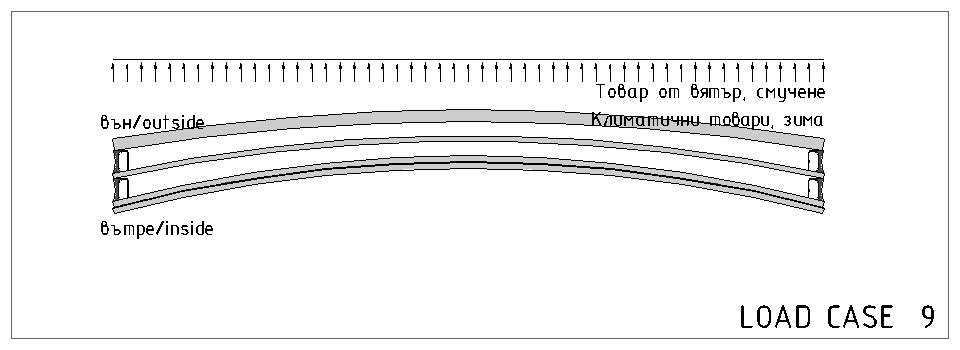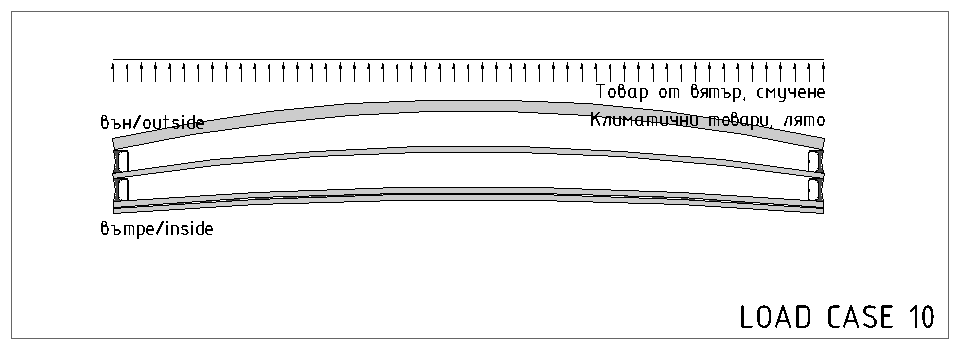SJ MEPLA – Stress calculation for glass constructions
SJ MEPLA is the technologically leading program for dimensioning and calculating the stress on multi-layer glazing (plates). SJ MEPLA offers new approaches for stress calculation on laminated glass, insulated glass and point-supported glass – and for investigating pendulum impact and pressure shock.
The dimensioning and stress calculation of plate structures under widely varying conditions is a standard task in routine engineering work. A special challenge is frequently presented by geometrical configurations which deviate from a rectangular shape. They are no longer calculated using tables or rules of thumb, but rather using the finite element method.
In the field of glass construction the systems to be investigated are usually restricted to a few basic shapes (triangular, rectangular, …) for which new meshes always have to be produced. With the calculation of laminated safety glass units normally volume elements must be used.
The evaluation of the calculated results often occurs following the same pattern (deformations, stresses, verification) and until now it always had to be gleaned from the FE data.
And this is where SJ MEPLA comes in:
All the input regarding the geometry, types of support, types of loading, computational formulations and required outputs are controlled and displayed using an input mask. The control and output of the results occurs visually via a dedicated graphical interface and by using a computational log which can be enclosed with the structural statics calculation.
Particularly, new FE methods facilitate the simple input and fast computation of sandwich structures (laminated safety glass), so that the normal problem situations can be solved in the shortest time (a few minutes).
SJ MEPLA is suitable for dimensioning and also for the structural statics computation.
The current version: SJ MEPLA 4.0
SJ MEPLA was completely ported to 64bit (32bit is no longer supported)
Some new features:
Main Program:
- Automated load case generation and design proof
- Standard/Codes can be set freely
- Automated load case generation depending on pre-selected loads
- Some load combination options possible
- Checking load resistance or servability or both in one calculation
- Considering of load duration effects in resistance (k_mod or other)
- Parallel check of free glass edges with reduced strength
- Parallel check of coated glass surfaces (enamelled)
- Proof of shortening effectso Considering of special factors for laminated glass
- Preset Codes: DIN 18008, TRLV or rudimentary ASTM E1300
- Additional protocol with load case results and resistance check
- Tabulated condensed output
- Open format to be used in any word processing program
- Direct ULS and SLS design check
- Tabulated listing of each load case result
- Completely shifted to UNICODE (paths, project names,… now possible in country-specific character set)
- Simplified language switching without restarts
- 2 new languages Polish and Czech
- Minor changes in the program surface
- Colored active project
- Scroll wheel can now be used for the protocols
- List of loadcases can be viewed by scroll wheel or arrow keys, …
Graphics:
- Problem with Intel 3000 and 4000 graphics cards solved
Finite Element Kernel:
- Enhanced solving by use of multiprocessors for
- building the finite element mesh
- setting up the stiffness matrix and solving
- band with optimisation
- …
- Speeding up the system more than factor 2
- Enhanced convergence for insulating glass units
